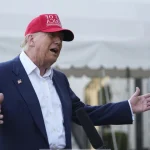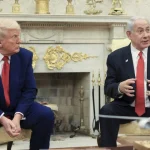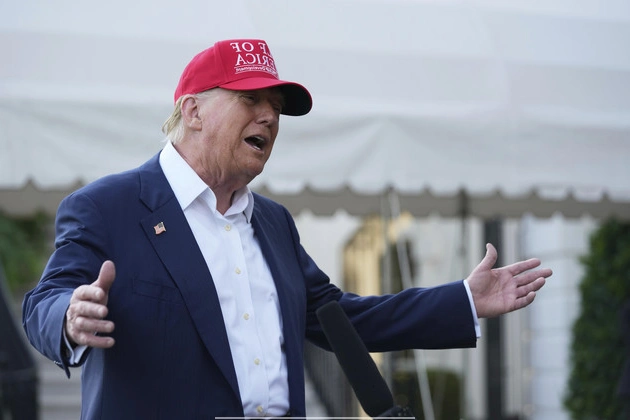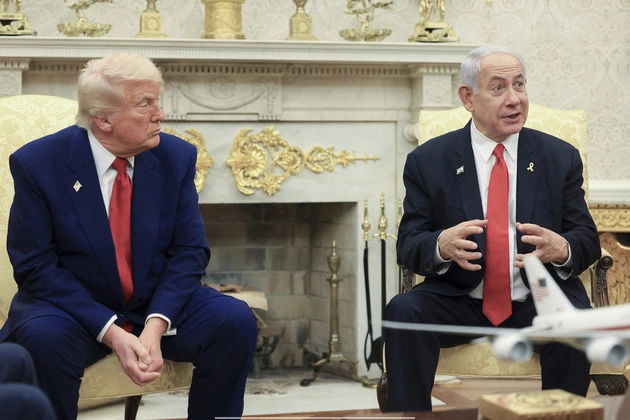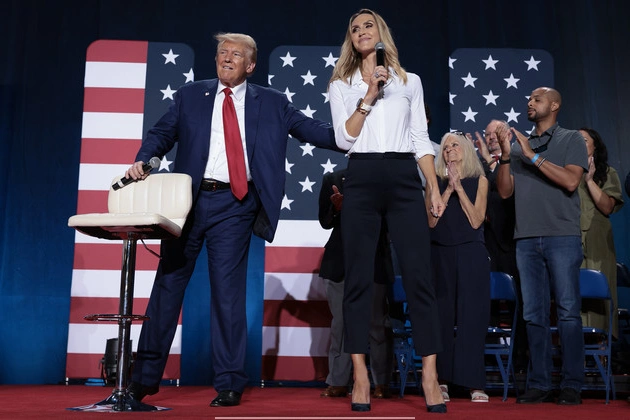
President Donald Trump is strategically working to prompt Chinese leader Xi Jinping to engage in trade negotiations. The administration’s tactic involves making trade deals with China’s neighboring countries as part of a broader strategy to influence China’s stance in trade discussions.
Isolating China Through Trade Deals
Amid the escalating trade war between the U.S. and China, the White House’s current approach focuses on establishing tariff deals with various Asian countries and other global entities seeking trade agreements with the U.S. The goal is to isolate China, disrupt its supply chain, and create pressure for China to come to the negotiation table.
The administration sees the relocation of manufacturing operations to the U.S. by several companies and the implementation of sectoral-based tariffs as critical elements in compelling Xi to cooperate. This multifaceted strategy aims to demonstrate that many countries are willing to engage in trade agreements with the U.S., thereby pressuring China to reconsider its trade policies.
Challenges and Uncertainties
Despite the concerted efforts by the White House and Trump allies to push China into negotiations, there are uncertainties about the strategy’s effectiveness. Some view the approach of striking deals with other countries as contradictory to Trump’s ‘America First’ trade ideology, while others see it as a necessary interim measure to revitalize U.S. manufacturing.
The balancing act between generating revenue from tariffs and pursuing free trade agreements poses a challenge for the administration. Additionally, China’s preparedness for a trade war and its ability to withstand economic pressures present obstacles to the U.S.’s trade tactics.
Global Dynamics and Negotiation Tactics
As the U.S. navigates its trade strategy, China’s responses to tariffs and trade barriers complicate the negotiation landscape. Beijing’s resilience and efforts to strengthen ties with other nations, including Europe and East Asian countries, highlight the complex nature of global trade dynamics.
The interaction between the U.S., China, and other key players underscores the need for strategic decision-making and diplomatic engagement. The evolving trade scenario necessitates a nuanced understanding of economic interdependencies and geopolitical influences.
Future Prospects and Diplomatic Considerations
While the Trump administration remains committed to its tough stance on trade with China, the path to successful negotiations remains uncertain. The dynamics of power, economic interests, and political strategies shape the future of U.S.-China trade relations.
As stakeholders assess the evolving trade landscape, the role of leadership, strategic communication, and diplomatic finesse will play crucial roles in determining the outcomes of trade negotiations and global economic stability.
Overall, Trump’s efforts to leverage trade deals, tariffs, and global alliances reflect a multifaceted approach to reshaping trade dynamics and asserting U.S. interests on the global stage.
